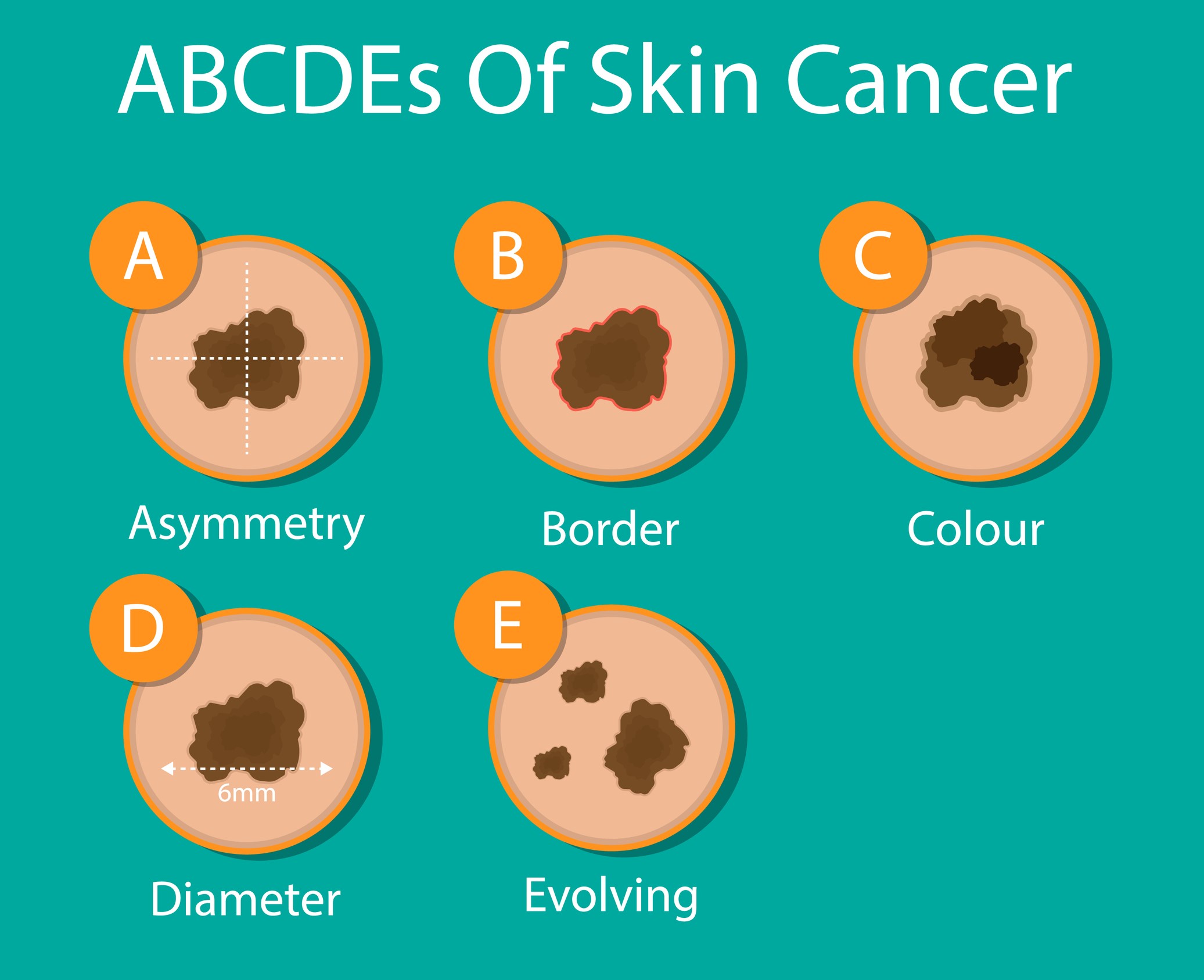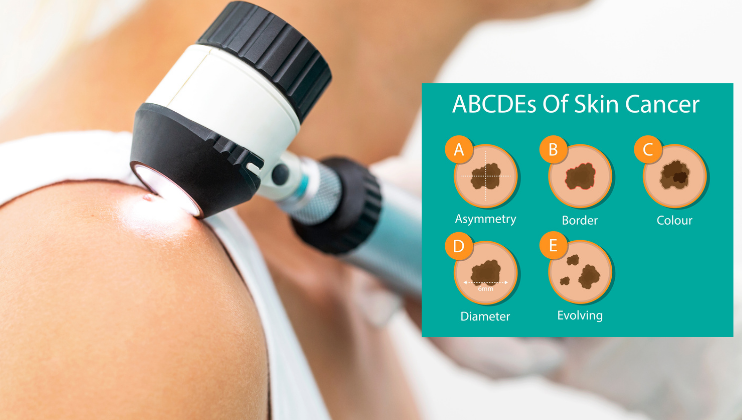It is the 5th most common cancer in the UK, accounting for 90% of skin cancer deaths, and around 17,500 people are diagnosed with melanoma skin cancer in the UK each year which has increased over the last few decades.
There is no such thing as a healthy tan, because a tan is caused by UVA radiation penetrating to the lower layers of the epidermis where blood vessels and nerves are found, causing skin cells to develop abnormally. Just because someone doesn’t burn in the sun does not mean that they are protected against skin cancer and associated problems.
As temperatures rise throughout summer, it’s important to look at the different types of skin cancer and how to spot them.
Basal cell carcinoma and squamous cell carcinoma can usually be completely cured with simple treatment or minor procedure. But melanoma behaves differently. It grows quickly and needs to be treated early.


